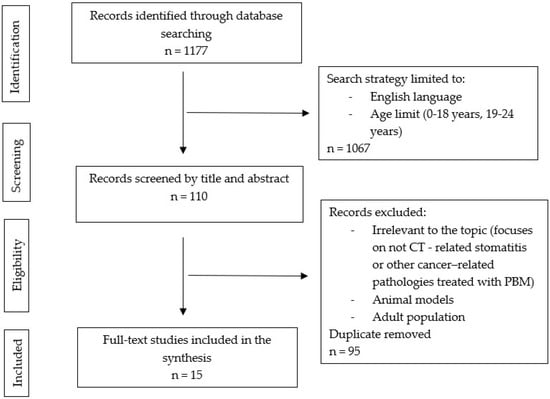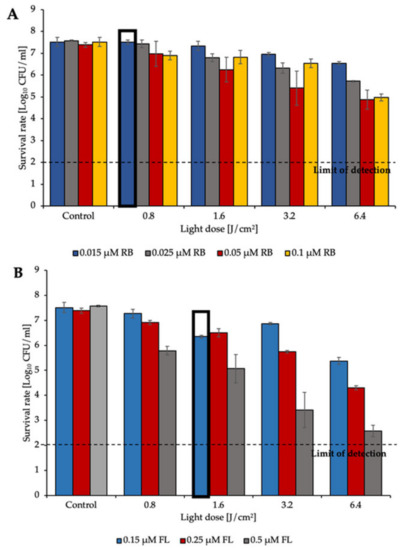Drug-Phototherapy (Closed)
A topical collection in Biomolecules (ISSN 2218-273X). This collection belongs to the section "Molecular Medicine".
Viewed by 7173Editor
Topical Collection Information
Dear Colleagues,
This Topical Collection entitled “Drug Phototherapy” aims to collect high-quality research articles, review articles, and communications on all aspects of “Drug Therapies in Combination with Light”. It is dedicated to recent advances in the research area of photobiology and photochemistry of biomolecules and their application in human diseases and is inclusive of papers focused on wet-lab experimental studies, in vitro and in vivo experiments, and clinical applications. The collection will comprise invited papers from relevant experts, and senior experts in the field are also welcome to make contributions to this Topical Collection. We aim to represent our section as an attractive open-access publishing platform for photobiology research.
This Topical Collection will collect impactful research covering a range of compelling topics and themes including natural or synthetic photoactivatable drugs, active light doses and wavelengths, cellular targets and mechanisms, and clinical studies.
Prof. Dr. Giorgia Miolo
Collection Editor
Manuscript Submission Information
Manuscripts should be submitted online at www.mdpi.com by registering and logging in to this website. Once you are registered, click here to go to the submission form. Manuscripts can be submitted until the deadline. All submissions that pass pre-check are peer-reviewed. Accepted papers will be published continuously in the journal (as soon as accepted) and will be listed together on the collection website. Research articles, review articles as well as short communications are invited. For planned papers, a title and short abstract (about 100 words) can be sent to the Editorial Office for announcement on this website.
Submitted manuscripts should not have been published previously, nor be under consideration for publication elsewhere (except conference proceedings papers). All manuscripts are thoroughly refereed through a single-blind peer-review process. A guide for authors and other relevant information for submission of manuscripts is available on the Instructions for Authors page. Biomolecules is an international peer-reviewed open access monthly journal published by MDPI.
Please visit the Instructions for Authors page before submitting a manuscript. The Article Processing Charge (APC) for publication in this open access journal is 2700 CHF (Swiss Francs). Submitted papers should be well formatted and use good English. Authors may use MDPI's English editing service prior to publication or during author revisions.









